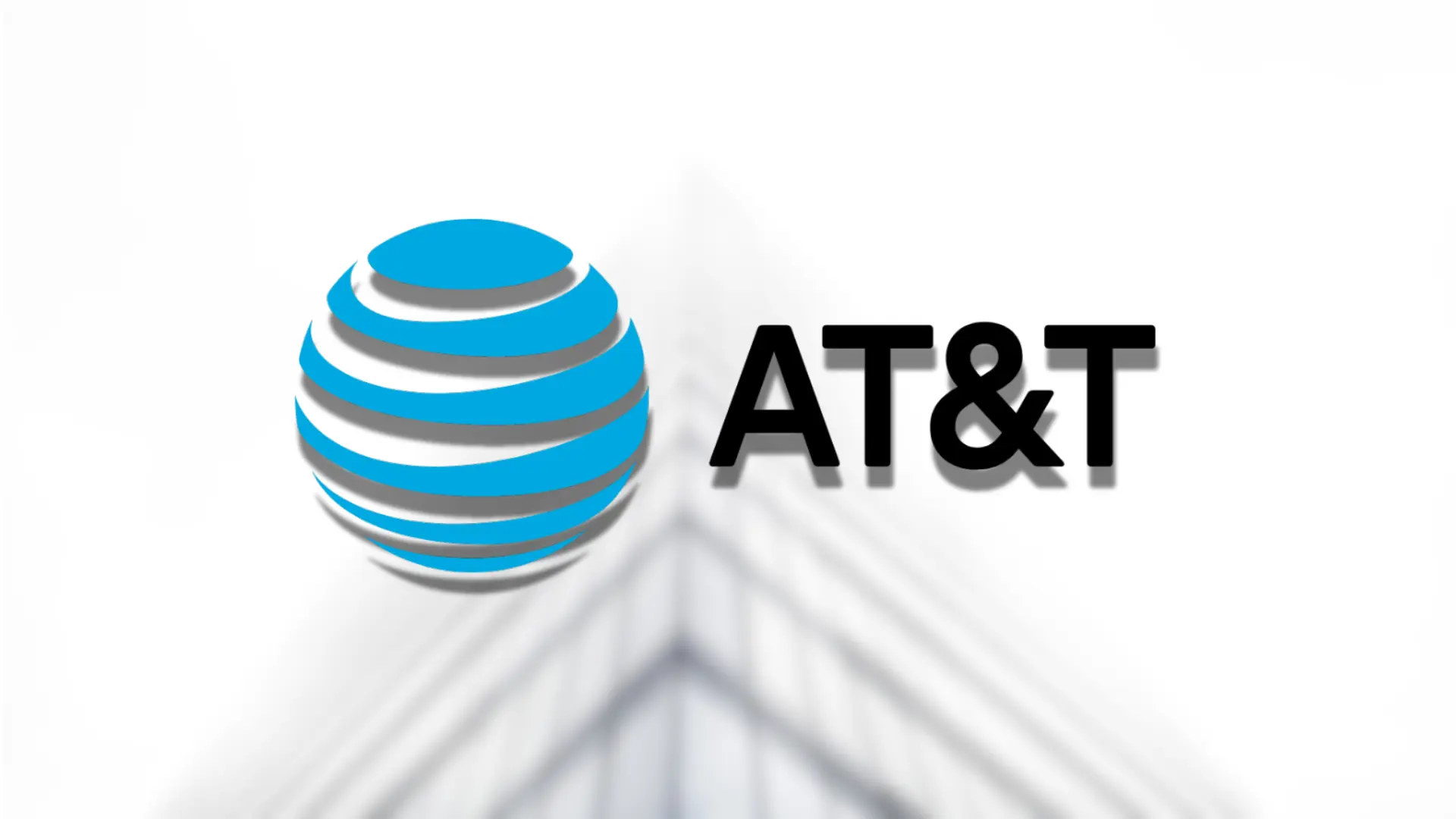In a surprising move that has sparked widespread debate, AT&T has pulled its 5G internet service from New York. This decision follows the implementation of New York’s Affordable Internet Law, a groundbreaking piece of legislation designed to make broadband access more accessible to low-income households. While the law’s intentions are widely lauded, its implications have led to significant pushback from major telecommunications providers, with AT&T’s withdrawal standing as a prime example.
The Affordable Internet Law: A Double-Edged Sword
The Affordable Internet Law, enacted in 2023, mandates that Internet service providers (ISPs) offer discounted broadband plans to low-income families. Its primary goal is to bridge the digital divide and ensure that all New Yorkers, regardless of income, can access high-speed internet—a necessity in today’s digital world.
However, while the law’s social benefits are evident, it has raised concerns among major ISPs about its financial viability. AT&T, for instance, argues that the mandated discounts could severely impact its revenue streams, particularly as 5G infrastructure requires substantial investment. The company’s decision to withdraw its 5G services from the state underscores the tension between public policy goals and private sector profitability.
The Impact on Consumers and Connectivity
AT&T’s exit from New York’s 5G market has immediate consequences for consumers. The company had been a key player in expanding next-generation connectivity across urban and suburban areas, offering faster speeds, lower latency, and enhanced network reliability. Now, New Yorkers who relied on AT&T’s 5G service must seek alternatives, potentially facing higher costs or reduced coverage.
Moreover, the withdrawal highlights a broader issue: how to achieve universal broadband access without alienating major providers. The absence of a prominent player like AT&T could limit competition, ultimately disadvantaging consumers—especially those in underserved communities.
The Broader Debate: Business Sustainability vs. Public Good
AT&T’s move raises an important question: how can states enforce affordable internet policies without undermining the financial models of service providers? High-speed internet infrastructure, particularly 5G, demands significant investment in equipment, spectrum acquisition, and ongoing maintenance. Providers argue that mandatory discounts disrupt their ability to recoup these costs, potentially stifling further innovation and expansion.
On the other hand, policymakers contend that an affordable internet is no longer a luxury but a necessity. From remote work and online education to telehealth services, high-speed internet is integral to modern life. Bridging the digital divide is therefore critical for fostering equality and economic opportunity.
Potential Solutions: Finding Common Ground
To address the impasse, policymakers and ISPs must work collaboratively to strike a balance between affordability and business sustainability. Several potential solutions could help achieve this goal:
- Subsidies and Incentives: Governments could provide financial incentives, such as tax breaks or subsidies, to offset the revenue loss ISPs face under affordable internet mandates.
- Public-Private Partnerships: Collaborative models could leverage public funds to expand broadband infrastructure while allowing ISPs to maintain profitability.
- Encouraging Competition: By fostering a competitive market environment, states can encourage smaller ISPs and alternative providers to enter the market, increasing consumer choice and driving down costs.
- Gradual Implementation: Phased rollouts of affordability requirements could give ISPs more time to adjust their business models while still progressing toward universal broadband access.
Looking Ahead
AT&T’s withdrawal from New York’s 5G market is a wake-up call for both policymakers and industry leaders. It underscores the complexities of implementing policies that prioritize public good without jeopardizing private sector investment. Moving forward, it will be crucial for all stakeholders to engage in meaningful dialogue and develop innovative strategies that reconcile these competing interests.
For New Yorkers, the stakes are high. Universal broadband access remains a cornerstone of economic growth and social equity. Ensuring that the Affordable Internet Law achieves its goals without unintended consequences will require collaboration, creativity, and compromise.
As the conversation around affordable internet continues, New York’s experience will likely serve as a blueprint for other states grappling with similar challenges. Whether AT&T’s decision is an isolated incident or the start of a broader industry trend remains to be seen. One thing is clear: the path to digital equity is far from straightforward, but it is a journey worth pursuing.

Jahanzaib is a Content Contributor at Technado, specializing in cybersecurity. With expertise in identifying vulnerabilities and developing robust solutions, he delivers valuable insights into securing the digital landscape.








One Response
Thank you for your sharing. I am worried that I lack creative ideas. It is your article that makes me full of hope. Thank you. But, I have a question, can you help me?